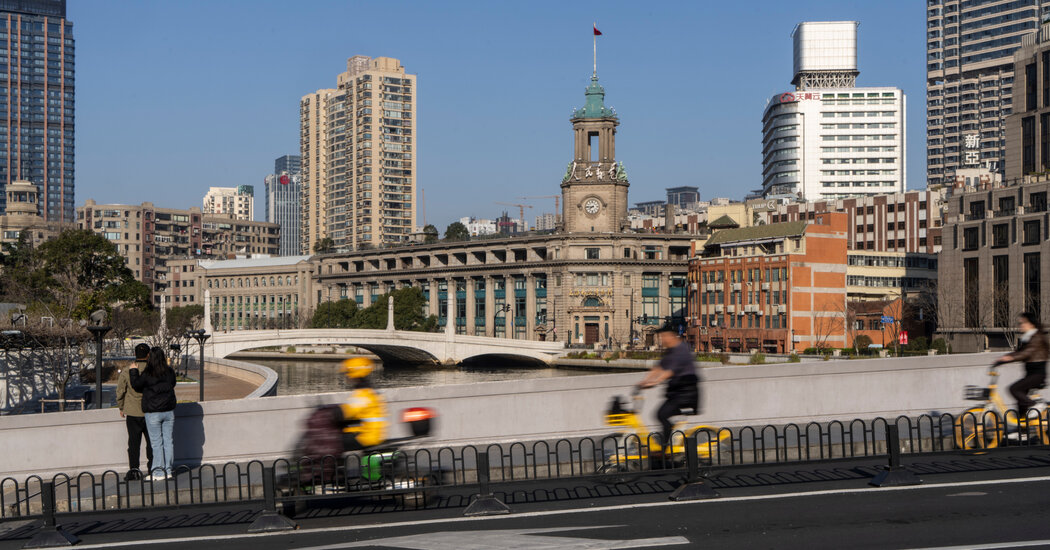The Rising Concern Over Staple Foods: A Comparison of the U.S. and Japan
In the United States, the increasing cost of eggs has ignited a national dialogue, revealing deep-seated concerns about the economy and the government’s role in alleviating these pressures. Similarly, in Japan, a parallel crisis is unfolding with the nation’s staple food: rice.
Over the past year, Japan has faced a staggering shortage of more than 200,000 tons of rice, leading to a dramatic increase in prices. Supermarkets have been compelled to impose purchase limits, leaving consumers frustrated and anxious. The situation escalated to the point where the Japanese government had to resort to its emergency rice reserves to stabilize the market.
Ironically, while Japan grapples with a rice shortage, its government continues to incentivize farmers to reduce their rice production. This longstanding policy, in effect for over fifty years, consumes billions of dollars annually in public funds, raising questions about its effectiveness and sustainability.
Recently, discontent among farmers reached a boiling point, culminating in protests on a Sunday afternoon. Under the blooming cherry blossoms in a central Tokyo park, over 4,000 farmers, donning traditional straw hats and sun caps, gathered to voice their grievances. Their signs proclaimed slogans such as “Rice is life” and “We produce rice but cannot make a living.” In a symbolic show of frustration, thirty farmers drove tractors through the bustling streets of the capital, demanding change.
The outcome of Japan’s rice crisis could have far-reaching implications for the country’s political and economic landscape in the coming months. Recent statistics reveal that fresh food inflation surged by 19 percent last month, primarily driven by an astonishing 81 percent increase in rice prices. This rising anxiety over the cost of essential foods has placed significant strain on Japanese households, prompting consumers to cut back on spending and raising concerns about the overall economy.




